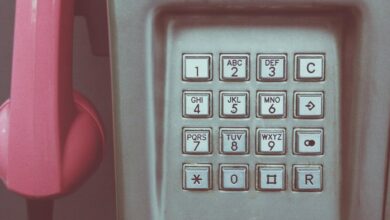Rice Purity Test 2024

The Rice Purity Test has gained renewed interest in 2024, prompting discussions about personal values and societal norms among young adults. This test, originally a playful assessment of life experiences, now serves as a serious reflection of identity and morality. As participants explore their scores, they often find themselves sharing stories that resonate with their peers. What motivates these conversations, and how do they shape the understanding of purity in today’s world?
The Evolution of the Rice Purity Test
As the social landscape has shifted over the decades, the Rice Purity Test has evolved from a simple assessment of youthful experiences into a cultural artifact that reflects changing societal norms and values.
With its historical significance, the test has inspired various adaptations, reflecting contemporary attitudes toward topics like sexuality and relationships.
These test variations highlight the ongoing dialogue about purity and personal freedom in modern society.
How to Take the Rice Purity Test
Taking the Rice Purity Test is a straightforward process that allows individuals to reflect on their life experiences and assess their perceived level of innocence.
For effective test preparation, participants can find the test online, ensuring a comfortable environment for honest responses.
Taking the test not only fosters self-awareness but also encourages open conversations about personal journeys and societal norms, embracing the essence of freedom.
Understanding Your Score
How can one interpret the results of the Rice Purity Test to gain insight into their personal experiences?
The score interpretation reflects various life experiences, revealing unique perspectives on relationships and personal choices. Higher scores may indicate a more sheltered background, while lower scores suggest broader exploration.
Understanding these score implications can foster self-reflection, encouraging individuals to embrace their journeys and celebrate their autonomy.
Common Reactions and Experiences
Many participants of the Rice Purity Test experience a range of emotions upon receiving their scores, reflecting a blend of surprise, relief, or even embarrassment.
These scores often prompt personal reflections, revealing insights into their choices and experiences.
Social dynamics play a crucial role, as individuals navigate peer reactions and discussions, fostering connections or sparking lighthearted debates about life experiences and personal growth.
The Test’s Cultural Impact in 2024
As the Rice Purity Test gains renewed popularity in 2024, its cultural significance extends beyond mere scores, influencing conversations about morality, personal values, and societal norms among young adults.
This resurgence fosters a sense of community and self-discovery, prompting individuals to reflect on their experiences and choices.
The test serves as a catalyst for dialogue about freedom, identity, and the evolving landscape of contemporary youth culture.
Sharing Stories and Connecting With Others
While navigating the complexities of modern relationships, individuals often find solace in sharing their stories through the Rice Purity Test. This platform fosters story exchanges, allowing participants to connect through shared experiences. By revealing personal narratives, individuals cultivate a sense of belonging and understanding, enhancing their emotional connections.
| Story Exchange Type | Impact on Connection |
|---|---|
| Vulnerability | Builds trust |
| Humor | Lightens the mood |
| Challenges | Encourages empathy |
| Achievements | Inspires motivation |
| Lessons Learned | Promotes reflection |
Conclusion
In 2024, the Rice Purity Test stands as a mirror reflecting the complexities of youth culture, where self-discovery intertwines with shared experiences. As participants navigate their scores, they embrace both vulnerability and empowerment, fostering connections through honesty and openness. By engaging in this collective journey, individuals not only explore their own identities but also celebrate the diverse narratives that shape their generation. Ultimately, the test serves as a bridge—linking past values with present realities, and personal truths with communal understanding.




